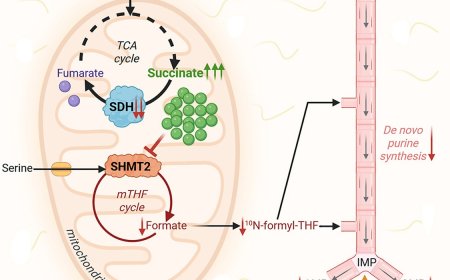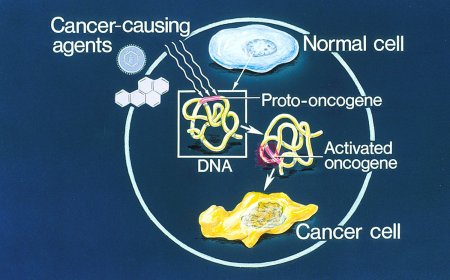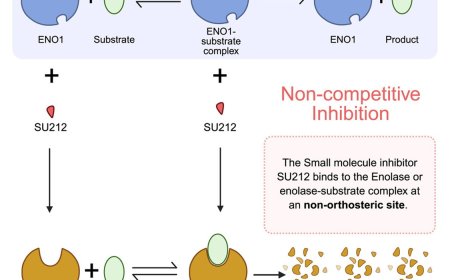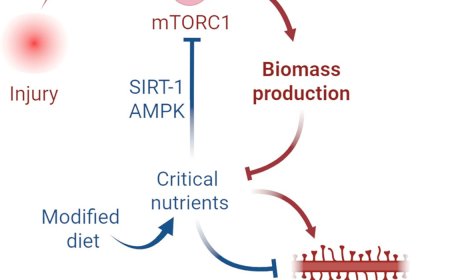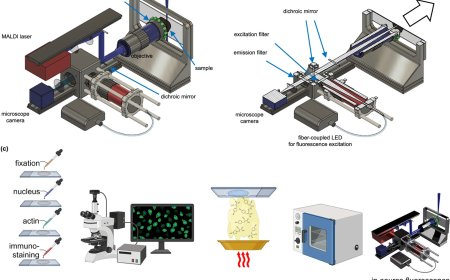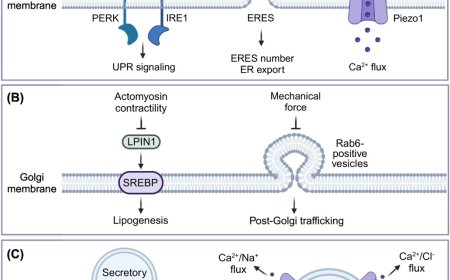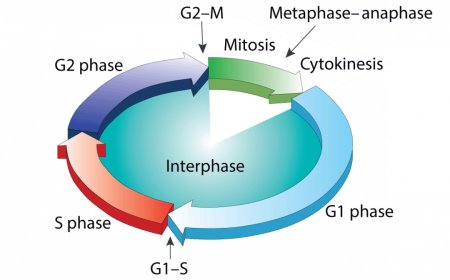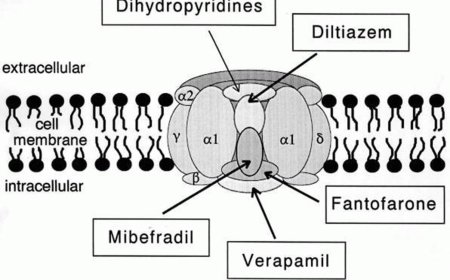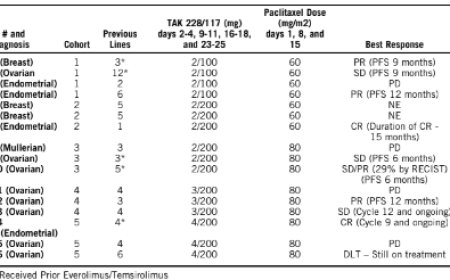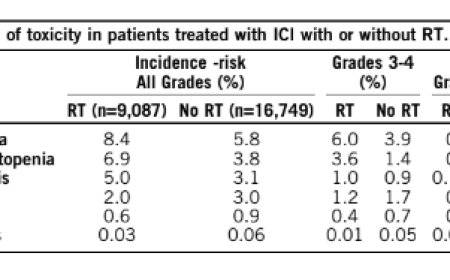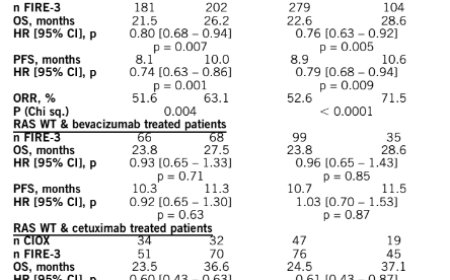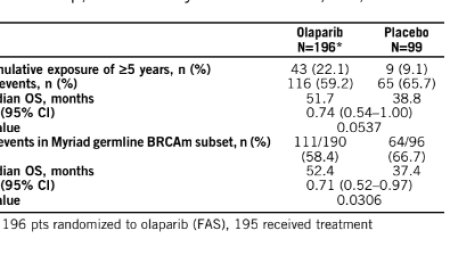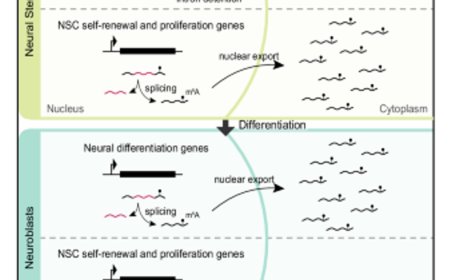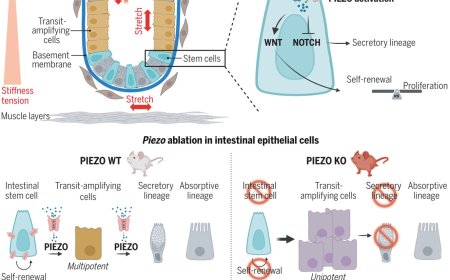How can alterations in metabolism encode specific transcriptional instructions

Imagine if reducing your caloric intake could make you younger? This is almost the case with stem cells.
In a new study, researchers have successfully created stem cells that are better at developing into other cell types, like a younger, fitter version of themselves – by changing their diet. These stem cells are better than normal stem cells at creating specialized cells like liver, skin or nerve cells, which is a core trait of stem cells.
“We show that by changing their diet, the stem cells can rejuvenate and turn into ‘super stem cells’. It forces them to metabolize their energy in a different way than they normally would, and that process essentially reprograms the stem cells. The net result is that they behave like they are from an earlier stage of development, which enhances their ability to develop, or differentiate, into other types of cells,” says the first author.
Specifically, the researchers changed what type of sugar the stem cells have available in the medium they grow in. The cells use the sugar to generate energy.
This shift in cellular identity depends on the inhibition of glycolysis and stimulation of oxidative phosphorylation (OXPHOS) triggered by the replacement of d-glucose by d-galactose in ESC media.
Enhanced OXPHOS in turn activates NAD + -dependent deacetylases of the Sirtuin family, resulting in the deacetylation of histones and key transcription factors to focus enhancer activity while reducing transcriptional noise, which results in a robustly enhanced ESC phenotype.
This exploitation of a NAD + /NADH coenzyme coupled to OXPHOS as a means of programming lineage-specific transcription suggests new paradigms for how cells respond to alterations in their environment, and implies cellular rejuvenation exploits enzymatic activities for simultaneous activation of a discrete enhancer set alongside silencing genome-wide transcriptional noise.
“What is really striking is that they’re not just better at differentiating, but they stay fit and keep healthy much better over time compared to stem cells in standard culture conditions. And it is done with a relatively simple method,” says the corresponding author.
There are a many potential future usages of ‘super stem cells’, the author points out:
“Given that we now have a simple means to rejuvenate cells, we want to investigate how this trick could work on a variety of cell types. For example, can we use this diet to revitalize liver or heart cells and use them to treat patients with congestive heart failure or liver cirrhosis? Perhaps we could use this trick to regenerate aging cells and treat diseases such as Parkinson’s disease, osteoporosis or diabetes.”
One area the researchers are interested in is fertility treatment, specifically IVF. It turns out that the ‘super stem cells’ are good at producing a certain type of tissue that forms during early embryonic development and which is important for successful IVF treatment.
“One of the things that the ‘super stem cells’ seem to be better at making is a cell lineage that becomes something called the yolk sac. Previous research has found that the formation of yolk sac in embryos cultured in a dish is very important for their ability to implant and become successful pregnancies,” says the author.
“We hope to improve IVF technology by developing a culture for IVF that uses the same metabolic process. Hopefully, it can be used as part of the embryo culture regime that they use in the clinic to improve success rates of implantation,” the senior author adds.
https://www.embopress.org/doi/full/10.1038/s44318-025-00417-0
https://sciencemission.com/Altering-metabolism-programs-cell-identity
